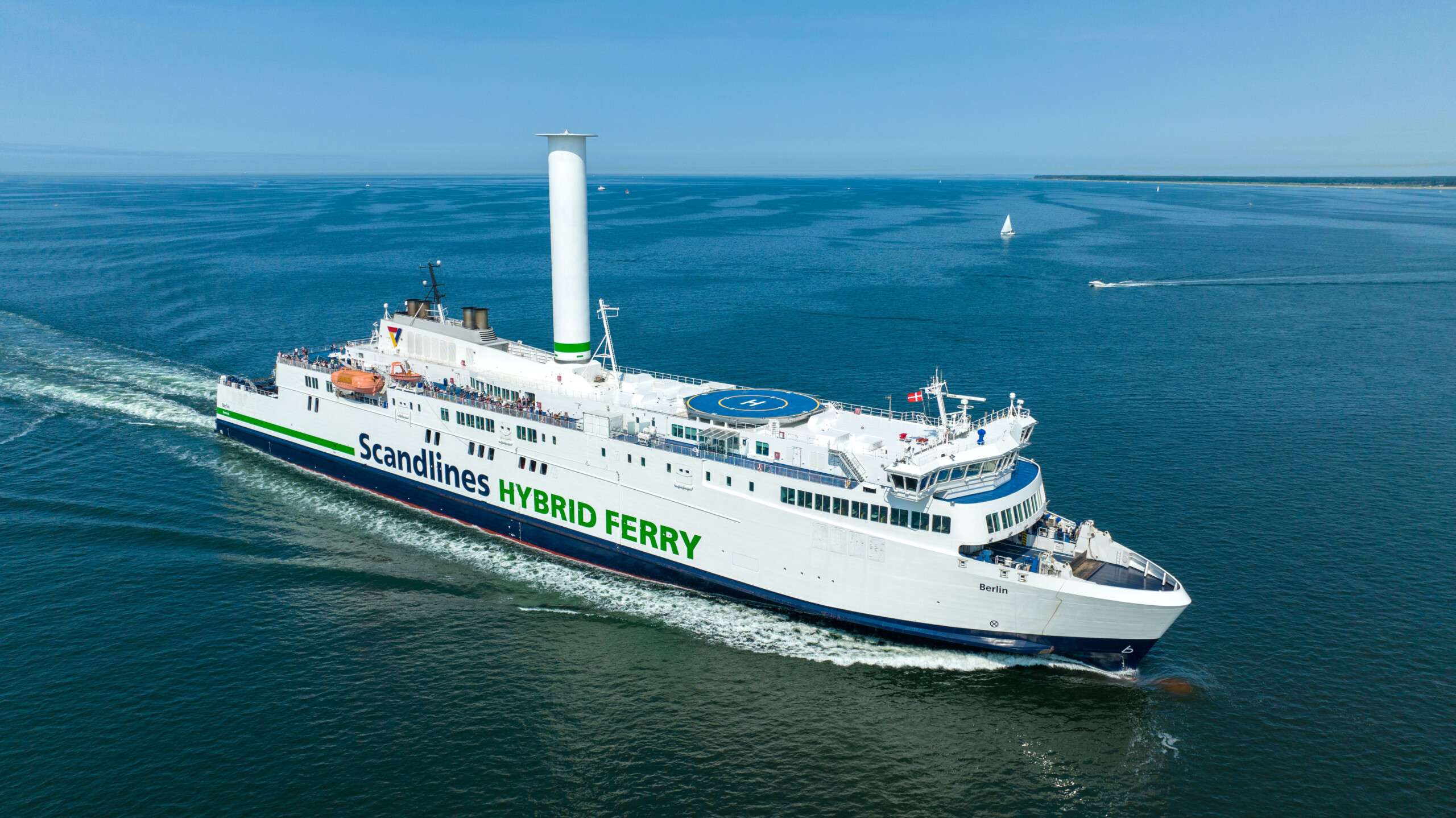Denmark’s history is deeply rooted in its monarchy. The country boasts one of the oldest permanent monarchies in the world, with roots dating back to the 10th century. This royal line has not only produced a number of fascinating personalities, but has also had a significant influence on modern Denmark.
The Danish monarchy officially began with King Gorm the Old, who ruled in the first half of the 10th century. During his reign, Gorm consolidated his dynasty’s rule over the entire country, laying the foundation for the emergence of the Kingdom of Denmark.
In the following centuries, the kingdom experienced ups and downs. It experienced periods of expansion, as in the time of the Kalmar Union, when Denmark, Sweden and Norway were united under one crown. But there were also times of crisis, such as during the Reformation and the Napoleonic Wars.
In the 19th century, Denmark lost a large part of its territory due to the Schleswig Wars. These events contributed to the country’s increasing focus on developing its internal structures and strengthening its identity in the following decades.
In the 20th century, Denmark was occupied twice by Germany, first during World War I and then during World War II. In both cases, the Danish kings played an important role by symbolizing national resistance and strengthening the cohesion of the population.
In the present, the Danish monarchy is a constitutional monarchy, which means that the monarch is a head of state, but the power to govern is in the hands of the parliament. The current head of the Danish monarchy is Queen Margrethe II, who has reigned since 1972, making her the first queen in Danish history.
The Danish monarchy has a significant impact on the country’s identity and its position on the international stage. The royal family is an important part of Danish culture and a symbol of the country’s unity. Their presence at public events and their involvement in various fields, from art and culture to charities, shape public life in Denmark.
The palaces and castles of the royal family are an important part of the Danish cultural heritage. Places like Amalienborg Castle, the Queen’s official residence in Copenhagen, and Christiansborg Castle, the seat of the Danish Parliament, are major tourist attractions and testaments to royal history.
In summary, the Danish monarchy has had a formative influence on the country’s history and culture. Despite changes over the centuries, it has retained its central role in Danish society and is an integral part of modern Denmark. Thus, it offers insights into the past and is at the same time a living part of the present – a unique combination that makes Denmark a fascinating destination.
Queen Margrethe II.
Queen Margrethe II has been the Queen of Denmark and the head of the Danish monarchy since January 14, 1972. She was born in Copenhagen on April 16, 1940, the eldest daughter of King Frederik IX and Queen Ingrid of Sweden. She has two younger sisters, Princess Benedikte and Queen Anne-Marie of Greece.
Queen Margrethe II was the first female monarch of Denmark, coming to power after an amendment to the Danish Succession to the Throne Act in 1953 that allowed women to inherit the throne. Before the law was changed, only men were allowed to inherit the throne.
Margrethe II is known for her artistic abilities. She has created illustrations for Danish editions of J.R.R. Tolkien’s The Lord of the Rings under the pseudonym Ingahild Grathmer. She has also designed costumes for several productions, including the ballet “A Folk Tale” and the television series “The Wild Swans”.
In her role as queen, Margrethe II has modernized the Danish monarchy and increased its popularity in Denmark and abroad. She is known for her lively discourse and ability to connect with citizens from all walks of life.
Margrethe II has been married since 1967 to Prince Henrik, originally from France, who died in 2018. Together they have two sons, Crown Prince Frederik and Prince Joachim.
Despite her advanced age, Queen Margrethe II remains active in her role as monarch and has no plans to abdicate.

